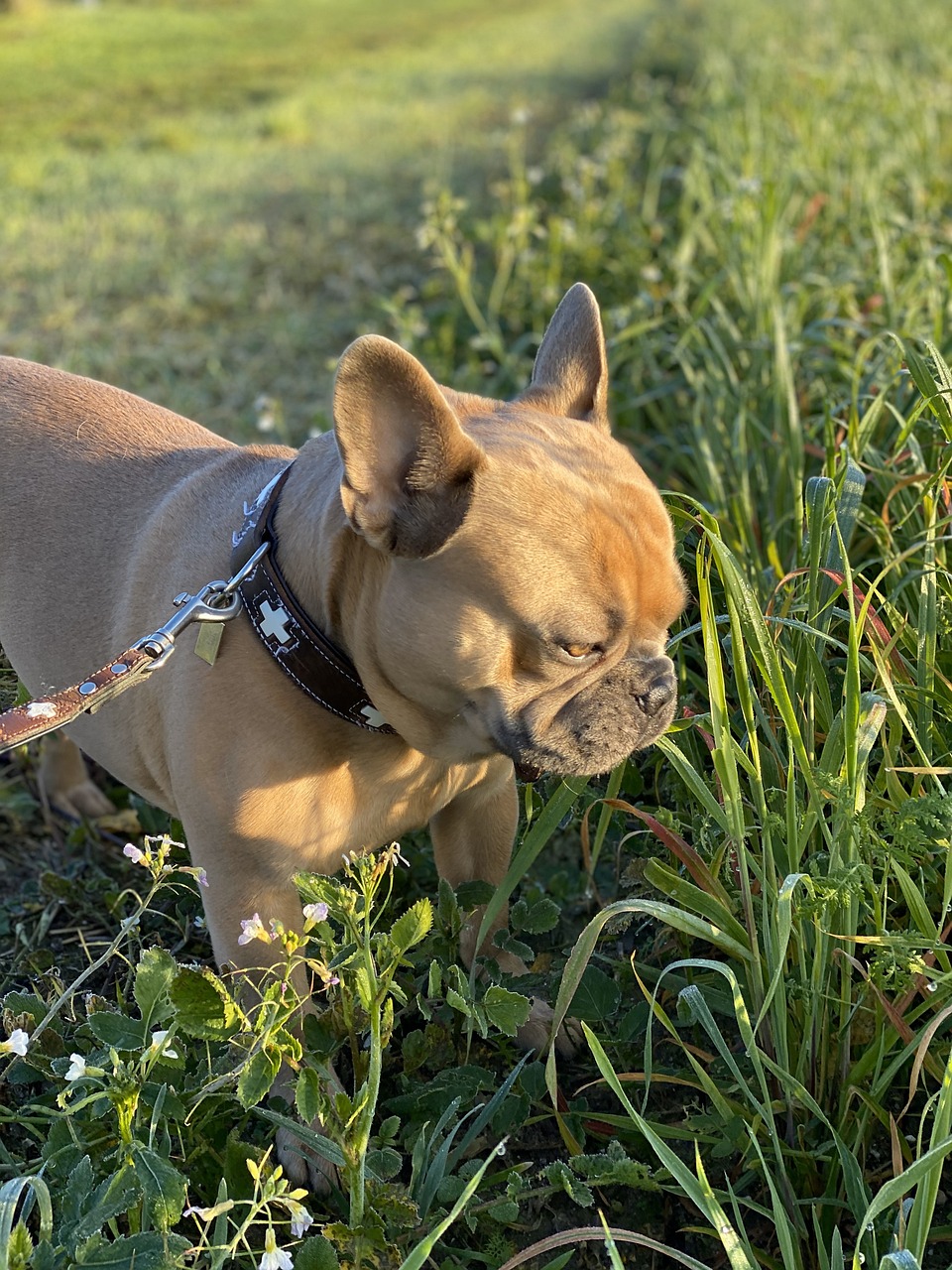
No matter what type of pet you may have, chances are that they are a close member of the family. It’s responsible pet ownership to do a little bit of research about proper care and feeding to keep him, or her safe and healthy. Plants are used to beautify our property and increase that “curb appeal”, but they can also be toxic. Common houseplants, found in many homes are toxic, poisonous, and dangerous to pets. Also, there are many found in your local garden centers that are sold for outdoor planting can be dangerous.
Not Just Your Garden Variety Hazard
Here is a list of outdoor plants that are common throughout the country. Outdoor cats, dogs in the backyard, out on walks (or even escapees) can be harmed if they are exposed to these plants. Yes, most of them need to be eaten, some can cause harm through licking, or sniffing. We want to help you learn about these plants so that you can do everything you can to protect your family pets as well as your neighbor’s.
- CROCUS – Most especially the “autumn crocus”, which is quite popular, when eaten can result in bloody vomiting, oral irritation, shock, diarrhea, and damage to multiple organs, as well as suppression of bone marrow.
- LILIES – There are many different types of lilies, and while not every lily will send your dog to the emergency veterinary hospital, it is important to avoid them whenever possible. So far the poisonous component of this plant has not been identified by veterinarians, but it is highly toxic to cats in particular. Severe kidney damage has been the result of ingesting even very small amounts of this toxic plant
- OLEANDER – A common bush that is used frequently in landscaping, the oleander is considered to be extremely toxic. All parts of the plant contain something known as “cardiac glycosides,” which can cause serious damage to all kinds of pets, including irritation of the gastrointestinal tract, hypothermia, abnormal heart functions and death.
- TULIPS – Beautiful springtime flowers, these common outdoor plants contain toxins that can begin with stomach irritation, drooling and a loss of appetite, but end up resulting in convulsions, cardiac problems and a depression of the central nervous system. The bulb is the most dangerous part of this plant.
- AZALEA – Also known as the “Rhododendron”, these plants contain grayantoxins, which can cause severe symptoms, including drooling, diarrhea, weakness, vomiting and central nervous system depression.
- CHRYSANTHEMUM – A very popular plant both outdoors and indoors, this plant causes drooling, vomiting, diarrhea and stomach upset if eaten, as well as loss of coordination and extreme depression if much is consumed.
Many people have these toxic plants in their house and don’t even realize it. That’s because they are sold in retail stores and garden shops without any warnings about the danger they can pose to pets. People often have plants at home and don’t even consider that they may be dangerous. There are many more in addition to the ones listed here, its up to you to do your research and find pet safe plants onlilne.
- CYCLAMEN – This species of plant is so named because it contains cyclamine. The most dangerous part of the plant is the roots, however the entire plant can be toxic if ingested. Symptoms include intense vomiting and gastrointestinal irritation, however this plant can also be fatal.
- KALANCHOE – You might not recognize the name of this plant, but you would recognize it if you saw it. This succulent houseplant contains components that can be toxic to the heart, affecting the heart rate and rhythm.
- SAGO PALM – A common houseplant palm, this plant is completely poisonous, but the nuts or seeds that it produces contain the most toxins. Just one or two seeds can cause seizures, liver failure, extreme diarrhea and vomiting.
- SCHEFFLERA – Also known as “umbrella trees”, these plants contain toxic crystals that can cause irritation in the mouth, excessive drooling, vomiting and difficulty swallowing.
- ENGLISH IVY – There are many common names for the English ivy plant, including branching, glacier, needlepoint, California and sweetheart. Whatever you call it, pets who ingest this can experience excessive drooling, abdominal pain, vomiting and diarrhea.
- MARIJUANA – With more and more states legalizing this plant, emergency veterinary hospital clinics are seeing more patients coming in with toxic symptoms. Ingestion can lead to coordination issues, severe vomiting, diarrhea, excessive drooling, rapid heart rate, seizures and can even put your pet in a coma.
If you have any questions about toxic plants or other types of hazardous materials, contact your veterinarian right away! Pet insurance through C. Pina Insurance Agency can help you be prepared for the expense of urgent care, unexpected mishaps, or even preventative care.

